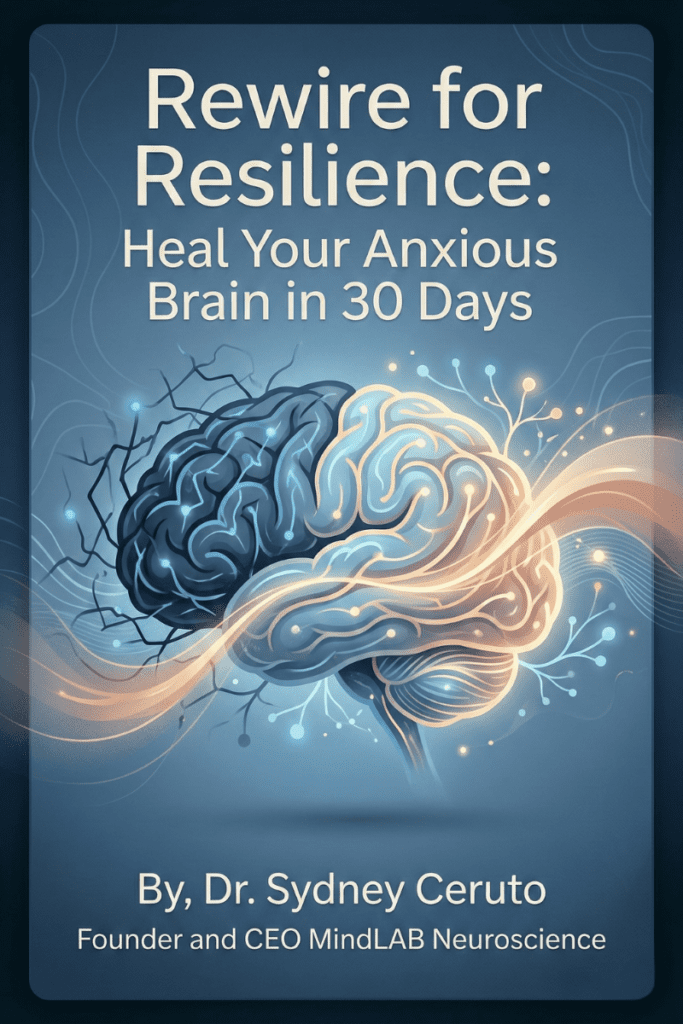Everyone has moments where they worry about the what if’s. They are actually a necessary part of life and assist in the decision making process or motivating us to make better choices; however, sometimes they become overwhelming and can be indicative of a larger problem. They are common symptoms of chronic worrying or anxiety. When this becomes problematic, is different for each person.
The what if questions are bound to come up during certain points of our lives, especially during major life decisions and these can be useful. They help us weigh the pros and cons, evaluate all angles of the decision, and even help us to determine if these are decisions we are ready to make. It’s when these questions start popping up for every little moment or decision that they become problematic.
Questioning every possible event, outcome, or result can only lead to us doubting in our abilities and in others. The worst part is, that in most cases we do not have a realistic way to answer these questions. This leads to other unhealthy habits such as predicting and forecasting. We don’t have an answer so we predict what will happen or make up possible scenarios.
This only leads to disaster since most of these questions are created by anxiety, then the answers we create lead towards the tendency to be negative or even propel us into “worst case scenario’s.” Then the cycle spins out of control. The anxiety or worry starts the what if questions, we can’t answer the questions so we make up answers, the answers cause more anxiety, which causes more questions, and the cycle continues over and over and over, building upon itself and creating a terrifying world of worry and anxiety.
So how do we stop this. Tackling these what if questions head on and stopping them before they spiral out of control will be instrumental into lessening the anxiety that leads to the questions. There are many other factors of anxiety that can be addressed as well, but picking one that your own thoughts can stop and control is an important starting step. And starting the attack on the what ifs starts first with identifying them.
Simply put, it begins with noticing what a what if question is and when they are starting before they spiral out of control. Then, rather than continuing with the questions and furthering the cycle, shift focus over to identifying what the anxiety is that is causing the questions. Finally, taking steps to stop asking and start acting.
Ask What the “What If’s” What It Will Do For You
When the what if cycle starts, the focus is often on predicting what the outcomes will be, generally in a negative light. Shifting focus from the predictions to how you could cope with the outcomes can help reduce the anxiety caused and stop the questioning. Realizing that the outcome does not affect what you are going to do will help reduce the power of the worry. On the other hand, knowing that you can handle a worst case scenario can actually be empowering. The reality is that things can go badly and bad outcomes do happen. We cannot avoid them but we absolutely can survive them.
Another direction you can take with this one is to follow the cycle of questions to the end and in most cases you will realize that the end result your anxiety mind is heading towards is wholly unrealistic. When dealing with anxiety our brains tend toward catastrophizing scenarios, meaning exaggerating the worst case scenario. It can also help you identify core doubts or worries that lead towards the what if cycle. It can identify doubts or insecurities about yourself that you can address in order to end the cycle of questions before it starts.
Take Action/Face the Worry
This one sounds simple at face value, but takes some work. If it was as easy at it sounds the questions would not occur, but it is possible. For example, if you are worried you will lose your job, what if questions may continue to circle around events that would result in this fear. “What if I catch the flu and miss too much work,” “what if’s I mess up this phone call,” or “what if I offend this person?”
There are an indefinite amount of questions that have outcomes that could possibly lead to the feared outcome. So rather than continue to worry about the outcome, do something about it. Identify if there is a legitimate reason you could lose your job and fix it. Make sure you are working and meeting job requirements. Make connections with people that can assist you and move you up in your position. Take positive actions rather than worrying about how actions out of your control can impact you.
This becomes difficult when things are out of your control. A company can have financial struggles and lay people off which has no basis on your actions. In this case, knowing your options and having a plan of action can help reduce the anxiety and what if questions. Knowing that you have a savings account, where you could look for other jobs, where you can budget, etc. All the what if questions and worries serve to do is get in the way of actually solving the problem. Putting them aside to make an action plan will reduce the anxiety and improve success.
Retrain Your Brain
There are a number of thinking techniques that can stop the what if questions, which lead to a variety of cognitive distortions. In most cases the most success with this will be had if it starts at the very beginning, grabbing control of the cycle before it spirals out of control. Start by talking to yourself in a rational and productive manner rather than asking what if questions and predicting the outcome.
Use full sentences, avoid judgments, avoid predictions, use facts, and minimize emotions. Sometimes doing this in writing can assist in sorting out your thinking and identifying unhealthy thinking patterns, allowing you to correct them. This is exactly what I teach my clients to do. The difference with my approach is that we actually change the brain permanently by tapping into our brain’s neuroplasticity.
When irrational or negative thoughts begin to overpower your thinking, using thought stopping or switching techniques can assist you. When a negative thought is identified focus on stopping that thought. Identify that you have had it and stop it. You can use visual cues, such as picturing a stop sign, verbal cues such as saying stop, or even physical cues such as snapping a rubber band on your wrist lightly. Thought switching also starts with identifying the negative thought but focuses on switching it for a more positive or rational thought rather than stopping the trail of thoughts all together.





